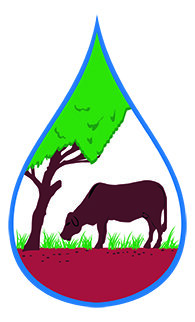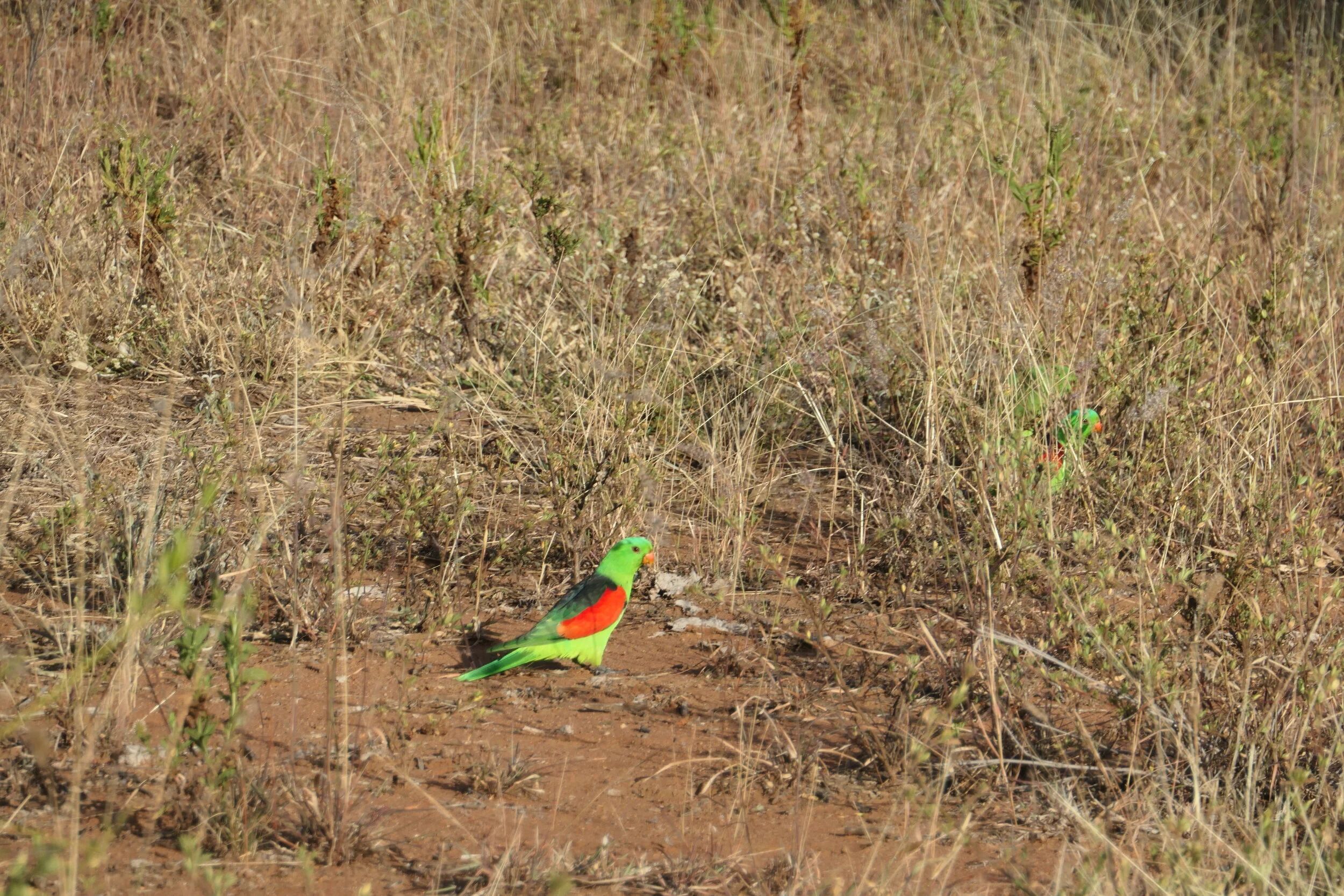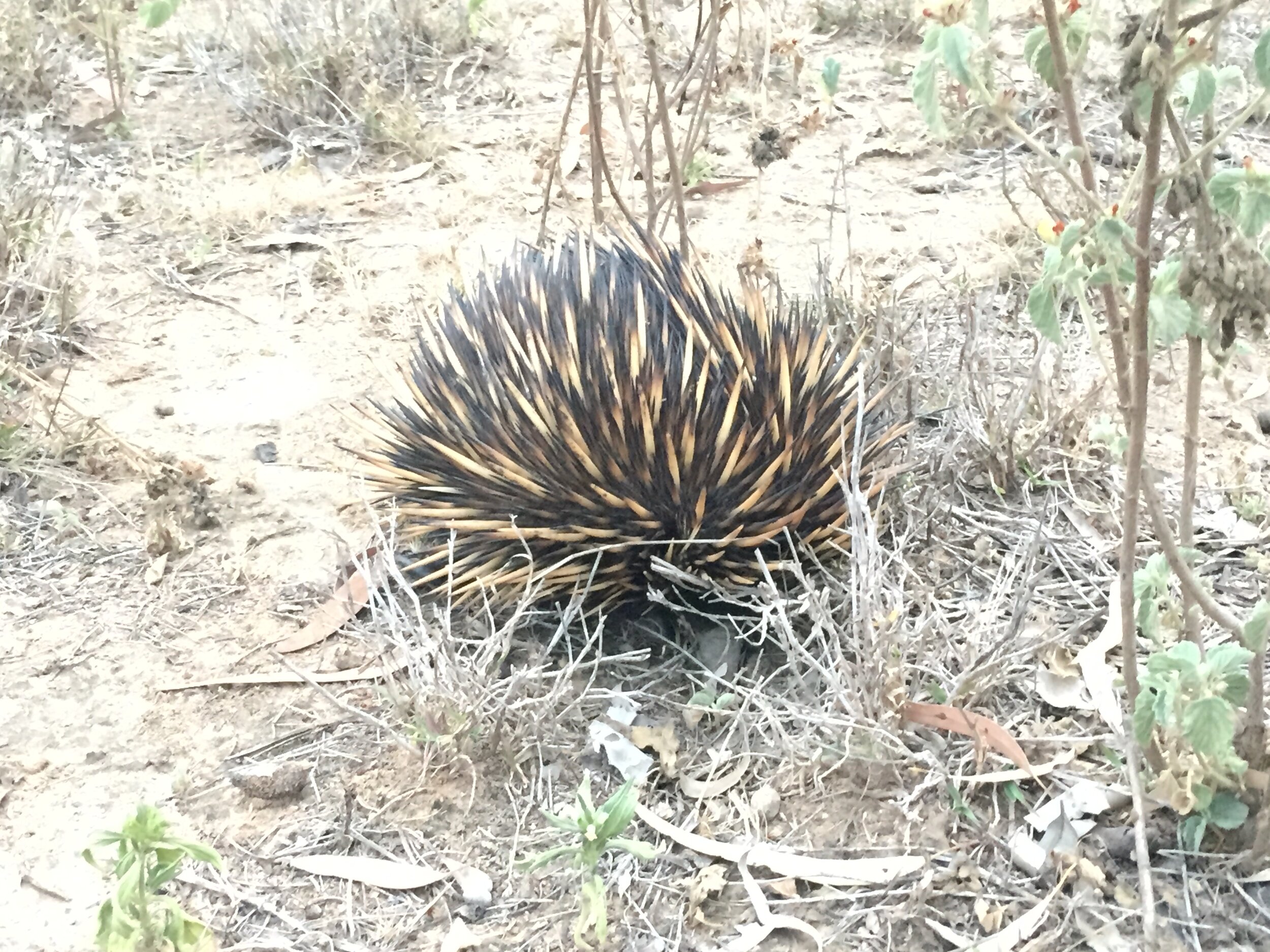Our Grasslands are Alive
Biodiversity is the variety of all life forms on earth.
Grazing enterprises provide vital contributions to biodiversity and its conservation in our rangelands. Managing for grazing biodiversity of both native plants and animals can help provide ‘services’, such as nutrient cycling and soil formation and protection which can benefit grazing enterprises now and in the future.
Red-winged Parrot
Aprosmictus erythropterus
The Red-winged Parrot feeds on fruits, flowers, nectar, seeds and insects in trees and low shrubs. Occasionally they feed on the ground.
This little family in the images are ground feeding. The ground cover in this area includes grasses: black spear, urochloa, Indian couch, buffel and legume: stylo.
Echidna
Tachyglossus aculeatus
The habitat and range of the echidna is generally anywhere with ground cover and ants. Their short, strong limbs are large claws make them excellent diggers. Because they have no teeth, they use their long sticky tongue to collect food. When threatened, they will curl into a ball and leave only course hair and spines exposed to protect itself.
This younger echidna crossed paths with me just on dusk (the footage is a little dark). A larger echidna was about 30 metres away from this one.
Our project: Best management practices for wildlife conservation in grazing lands of the Queensland Dry Tropics, is well underway with our guide in full writing and revision stages, with local graziers adding comment to the draft.
The project aims to improve the general awareness of graziers in the Dry Tropics region on the potential of grazing land for wildlife conservation. The project will highlight that wildlife represent a very valuable asset to their lands and can also be used as a tool to identify healthy country (i.e soil fauna).
It will define the best management practices for biodiversity and defuse knowledge into the community through the publication of a booklet and a workshop. Several producers will be engaged through active implementation or recommended grazing practices for conserving wildlife and appropriate habitat.
This project is supported by Dalrymple Landcare Committee, through funding from the Australian government’s National Landcare Program.





